Kilims are well-liked for their striking designs that improve the appearance of rooms. When an excellent Kilim rug is placed in a space, even the most lifeless-looking room may be transformed into a vibrant haven in an instant. However, the truth of Kilims’ beauty is more complex than it might first appear. Since kilims are a romantic mirror of history, they are valued as cultural relics. It has been a long-standing custom that has its roots in the past.
In the sections below, we’ve looked at the background of kilims and what makes them unique as interior decorations.
What Exactly Is a Kilim?
The term “Kilim,” which has its roots in ancient Persia, is a piece of hand-woven fabric without a pile that is made using a flat weaving method. This phrase refers to more than just rugs; kilims are also utilized as wall art, tablecloths, hangings, bedspreads, bags, and upholstery for furniture. The Kilim is widespread in its homeland, Iran, and also Pakistan, Afghanistan, China, North Africa, the Caucasus, Central Asia, and the Balkans.
A particular kind of flat weave or plain weave rug is called a kilim. Flat weave rugs have a distinct feel and don’t have piles like other carpets. Because there aren’t any heaps, they require less time and materials to produce. In addition, a flat weave rug is less expensive than a rug that has been hand-knotted. Although its peculiar texture is soothing to bare feet, its practical advantages also include being lightweight and readily moved into and out of an area or put away when not in use. Due to the lack of dirt and dust accumulation mounds and, of course, shedding, maintenance is also not a problem. Because flat weave rugs are handmade, they are regarded as being of great quality.
A kilim carpet with its unique geometric designs is not only visually appealing and versatile, but it also has a reasonable price compared to other types of Iranian carpets, making it an affordable and great choice for an Iranian souvenir that your friends will appreciate.
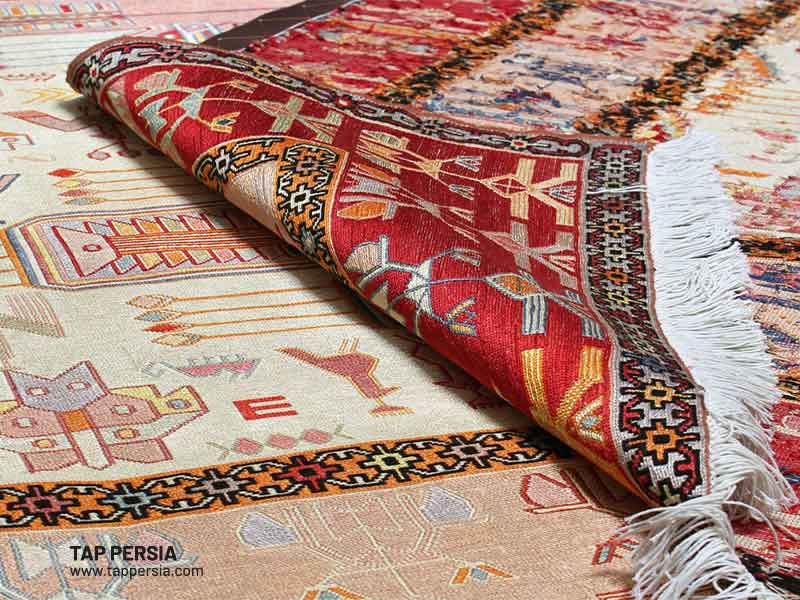
The Origin of Kilims
The Persian term “gelim,” which means “to spread roughly,” is where the English word “kilim” first appeared. Kilim is an excellent and priceless home decoration that may create a warm and welcoming ambiance in your home, just like Persian carpets and Persian Gabbeh. In the eleventh century A.D., kilim rugs made their first appearance. Various Kilim woven fabrics have been discovered in Turkey, however, archaeological data suggests that the style dates back to 7000 B.C. It is also known that Kilims existed in the 13th century, and renowned explorer Marco Polo praised the region for its breathtaking beauty. Kilim is consequently one of the oldest design cultures in existence.
A Persian Kilim rug is traditionally utilized for more than just home decor. It is a typical dowry gift for brides and also doubles as a prayer rug for spiritual purposes. Kilim rugs are a kind of art that represent cultural heritage, tradition, and self-expression in addition to their useful functionality. Kilims are complex works of art that have a lot of symbolism woven into their patterns.
A Work of Art
The distinctive bold patterns and a vibrant plethora of colors distinguish Persian Kilims from other rug forms. with motifs that include geometric forms, animals, plants, and representations of natural phenomena or feelings. These magnificent pieces of artwork may also use a variety of symbols and unusual color combinations. However, the actual reason Kilims are so unique is that underlying all the eye-catching decoration, there is a deeper message.
The Persian Kilim rug is a true work of art since each one has a unique narrative. Tribal women traditionally produce old Persian Kilim rugs. The symbols woven into the carpets typically signify desires for prosperity, good fortune, safety from harm, harmonious family relationships, or fertility. The oriental “yin yang” symbol is occasionally used to symbolize love. Additionally, kilim rugs stand for artistic originality and self-expression. Through the patterns on the carpets, the creator can convey a narrative or arouse feelings. Every piece is guaranteed to be unique because the design is unrestricted and doesn’t adhere to any set rules.
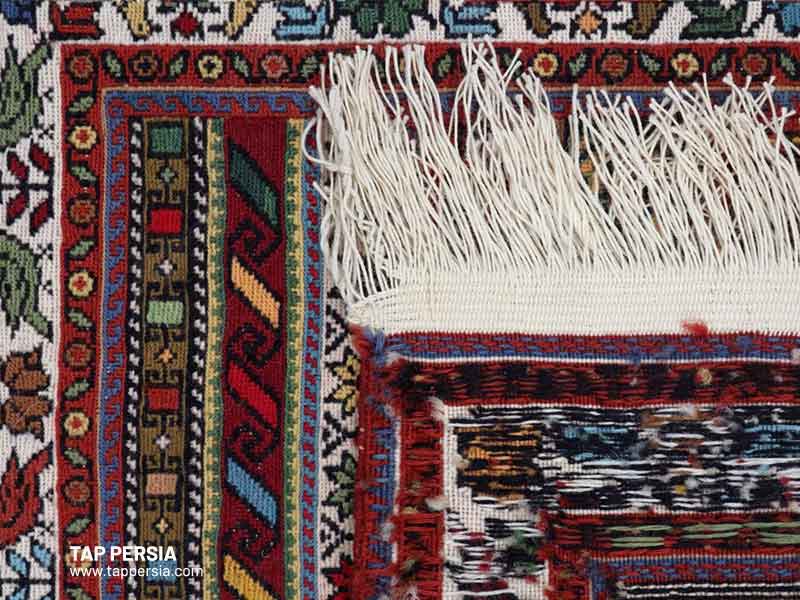
The Finest Materials
Persian Kilims’ distinctive appearance, gorgeous color, and great craftsmanship are all results of the usage of premium materials. The following details the various kinds of materials utilized to create these extraordinary and creative rugs:
Wool
The primary material needed to create a Persian Kilim is wool. The warp and weft of the majority of Kilim carpets are made of this material, though cotton fibers are occasionally included. The fleece of sheep is used to create the naturally durable and glossy fiber known as wool. The primary reason for wool’s widespread use is the fact that it has a number of benefits. Wool is easily spun, color-accepting, and malleable. In the regions where Kilim carpets are made, it is also a plentiful resource.
Cotton
Like wool, cotton is typically available in most locations that make Persian Kilim carpets. Cotton is a great material for rugs since it is simple to convert into thin strands. These fine threads are widely used in accents and warps to highlight motifs in weaving. Cotton’s remarkable strength also enables it to keep its shape even when subjected to daily usage.
Animal Hair
On occasion, Persian Kilim rugs will be embellished with animal hair. This applies to hair made of horses, goats, or camels. While “mohair” or Angora goat hair has a softer feel than goat hair, wool is smoother and tougher. Carpets have a natural sheen that gives them a dazzling appearance that accentuates their intricate designs. Kilims are typically made of camel hair because it is durable. Horsehair, on the other hand, is primarily utilized for added ornamentation like tassels.
Silk
Another material used to create Kilim rugs is silk. Wool, cotton, and animal hair are not considered to be as luxurious as silk. The rarest of all the materials, this is typically only found in special-purpose Kilim intended to reflect bride dowries and prestige emblems. Silk kilim rugs are prized as a representation of tremendous family wealth. This type of rug is produced in the Anatolia region of Turkey.
Dyes
These materials and threads are colored using dyes. A high-quality Kilim rug must be made using natural dyes since they do not fade easily and instead tone down beautifully when they do. This enables Kilim rugs to age naturally and undergoes gradual color changes.
What is a Persian kilim?
The Persian Kilim rug is a wonderful kind of rug that is often produced from wool and is interwoven rather than knotted, resulting in a surface that is “flat” rather than having a “pile.” Kilims have ancient Persian origins, now Iran, which later spread out to Turkey, Afghanistan, India, and the Caucasus.
What is the difference between kilim and carpet?
The main distinction between a Persian kilim rug and a carpet or pile rug is the interweaving of the wefts and warps to produce the flat weave that is characteristic of kilim designs. In contrast, the pattern on a pile rug is made up of discrete, short strands of various colors knotted onto the warps and tightly pressed together to form the wefts.
How do you wash kilim?
A kilim should be washed outside with cold water from a hose on grass or gravel. Never wash a kilim on a flat surface; the water must be able to drain away to prevent over-soaking and color bleeding. To clean the kilim, use gentle natural soap or baby shampoo.
Are kilim rugs heavy?
No, they are genuinely portable, lightweight, and simple to clean. Since they don’t have piles, fine kilim carpets don’t shed either.
Which Persian rugs are valuable?
The most valuable and most expensive of all Persian rug varieties are whole silk rugs, which have a foundation made of silk and a pile made of silk. Over a foundation of cotton or wool, silk is used to create the second most expensive pile.
What is the difference between Turkish and Persian Carpets?
It is well known that Persian rugs have more knots than Turkish rugs. Persian rugs have single-loop knots, which are smaller than Turkish rugs’ symmetrical knots. This enables Persian weavers to tightly group Persian knots for greater knot density.
Final Thoughts About Persian Kilim Rugs
Kilims are a window into the lives of the people and civilizations who influenced history, and they are more than just gorgeous decorative items. These magnificent Persian rugs convey tales of fortune, tranquility, love, fertility, happiness, and safety from harm.
If you are seeking to buy these comfortable & cozy decors for your home, make sure to check out www.Tappersia.com. You can contact the TAP Persia team through their online chat or their WhatsApp. The team is patient and happy to guide you through perfectly.


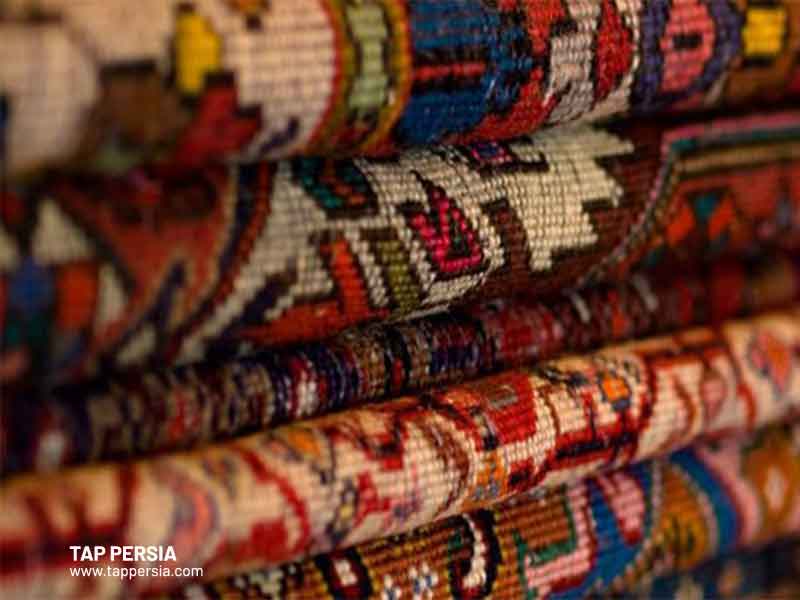
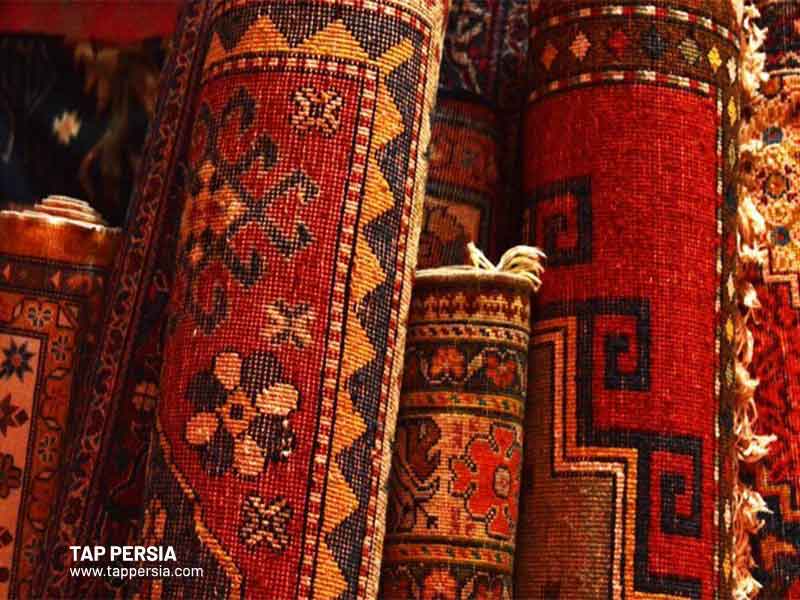
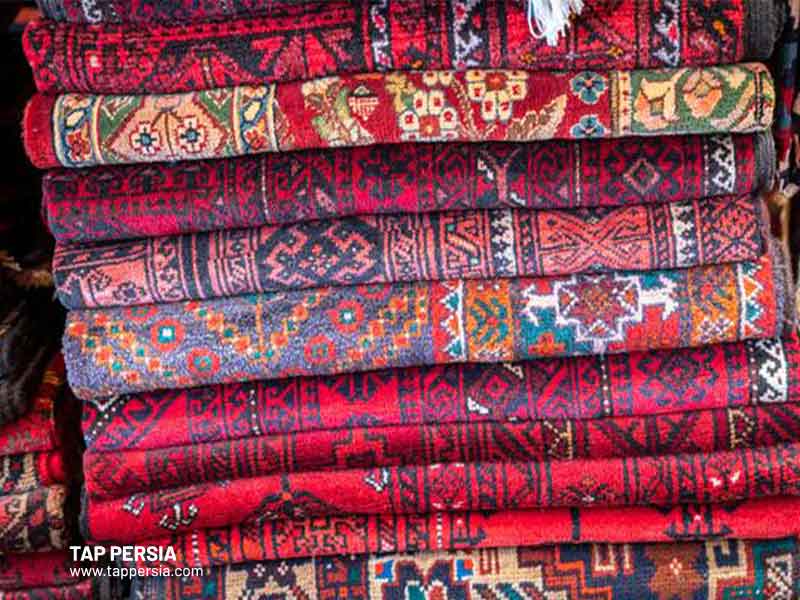


Comment (0)